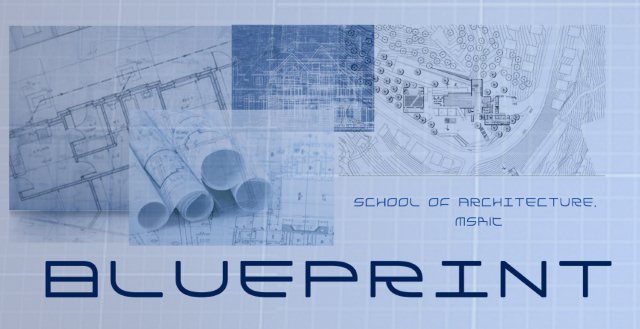Thursday, September 9, 2010
Ascending and Descending
~ Aishwarya K. A., III Semester
Stairways that ascend and descend endlessly -- and yet go nowhere. It is an architectural impossibility that challenges our understanding of what's visually possible.
It is a two-dimensional depiction of a staircase in which the stairs make four 90-degree turns as they ascend or descend yet form a continuous loop, so that a person could climb them forever and never get any higher. This is clearly impossible in three dimensions; the two-dimensional figure achieves this paradox by distorting perspective where it is incorporated into a monastery where several monks ascend and descend the endless staircase.
If you follow the steps around, you will locate neither the lowest step nor the highest step. Escher drew the staircase in perspective which would indicate an illusion. The monks who are descending should appear gradually smaller, and the ones who are ascending should get larger, they don’t. By distorting the perspective in this two dimensional illustration, the impossibility of the staircase is removed, and it often takes you a little time to realize that something is not quite right.
This image represents endless effort with no possibility of reaching a goal or conclusion. No matter how fast you run, you never get to the end of the staircase and you’re forced to change direction all the time. You can’t even turn around and return to your starting point. You cannot stop to check your bearings as you’ll just get in the way of other hamsters on the treadmill. You are trapped. There is no escape. There is only a disturbing sense that you’ve been here before. And worse, some people are just standing around watching you, only barely amused by your struggle.
The endlessly rising staircase intrigues me greatly. It is clearly impossible in three-dimensional space. Yet it has been drawn is two dimensions. When we look at an object, we can perceive it from many angles and we can get a good idea of how it is put together. However, we get only one view; we can’t necessarily construct what the entire object means. As humans see mostly surfaces, and as we see only one view at a time, so two dimensional pictures seem like a good way to depict three-dimensional worlds.
Is it possible for the same illusion to be pulled off by cleverly photographing a carefully built sculpture? Such that from most angles such a structure will look like nonsense, but if viewed from just the right position, the faults are hidden and the impossible apparently created.
Escher created a very interesting yet challenging staircase. However, if everyday objects were designed by MC Escher then everyday life would look a lot cooler. Also, nothing would work.
.jpg)

4 comments:
looking cooler need not mean it wudnt work... and i think this staircase is possible.. as an illusion.. but possible.. working on it already in sketchup! u shud try it.. ul find illusions alot more fun to create than regular designs..
its actually nothing but an "architectural paradox"...(im sure you would have watched the movie inception)...
the staircase is possible as an illusion from one angle...
as neil spiller said "sucessful architects are usally caught in a paradox"...
unless u have an illlusion of somthing you wouldn't be able to create it ...or reach your goal...
in my opinion architecture is all about making your perceptions, illusions, or ideas into space or real ...to make the paradox work!
'This staircase is possible, as in illusion' What does that mean ? As in,if you say it is possible,if its a real living working thing, then what's the illusion?
As in, you can build it in 3d, and it will look like how it is in the picture (from one angle). But it wont work obviously. So therefore, still an illusion.
Post a Comment